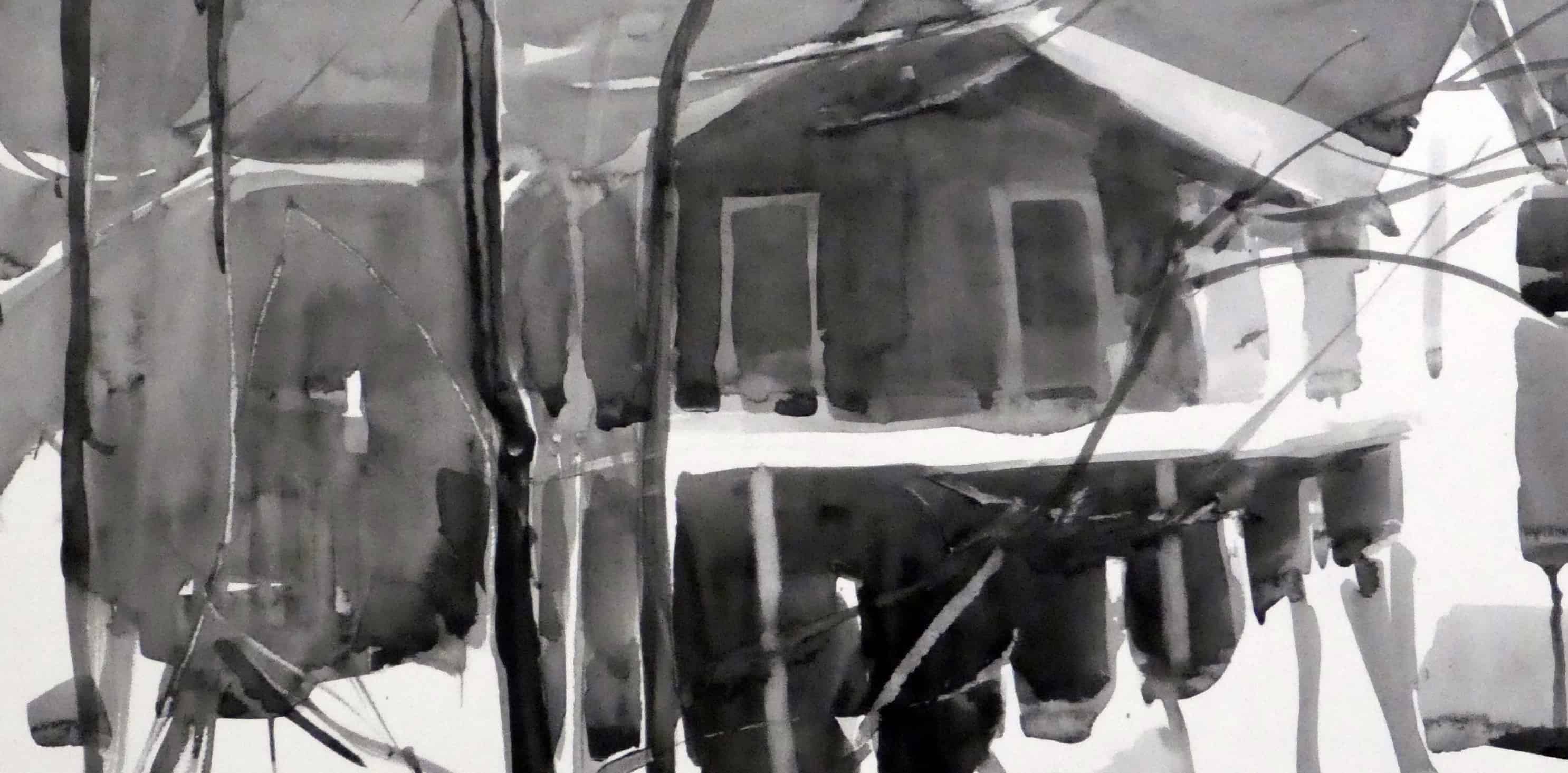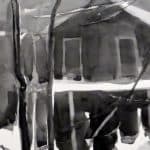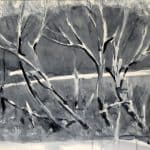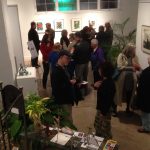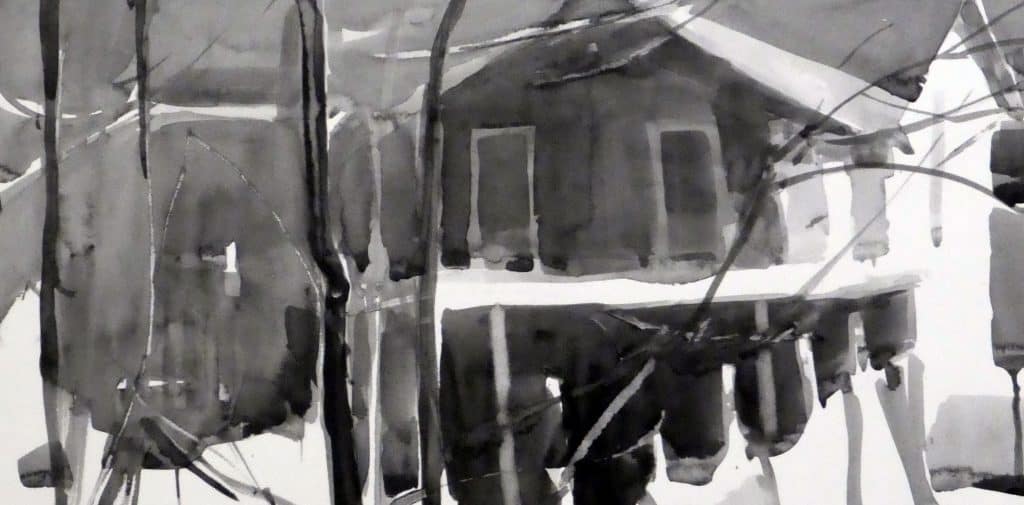
he thing with all plans is that you have to prepare for the unexpected, and you have to be ready to adapt. This lesson continues the discussion of the “light-to-dark method,” with some recommended actions and some things to be wary of.
- The basic fact: dark covers light. Bare white paper stands for all white forms in the light…houses, flowers, clothing, etc. My default procedure is to begin by saving the white pieces, and painting everything else that receives main light with its specific color and value. Since dark covers light, I can extend these first washes right into shadow areas and dark areas. I avoid painting the shadow sides of white objects, as shadows on white take some special care as to color as well as value. In this step I’m thinking big, and thinking more of connecting forms and areas than of separating them. This helps to prevent “seams” between color areas, as well as random unwanted whites. Once the in-light areas are painted, I religiously avoid going back into them to correct color or value, and I recommend you do the same.
- The second basic fact: we “see” by light/dark contrast and by recognizing silhouettes. If we want our pictures to make a powerful impression on the viewer, we have to help that individual out by alternating lights and darks with a plan, and by putting down characteristic and recognizable silhouettes of the important forms. (In the detail of “Backyard Pool,” above, the foreground fence is silhouetted against the dark piece under the overhang, and the overhanging roof contrasts strongly with the shadowed gable end of the house above it.)
The third basic fact: even in an orderly and logical method such as “light-to-dark” there can be more than one way of doing a given thing. And the choice can come up even in the early stages, as this example from a recent class shows. Our student was working on a subject with a garden foreground, a clump of flowers and foliage silhouetted against a dark background. The question was, paint the flowers first or the background first? If she painted the flowers first, there would be the problem of running the background around them smoothly, and the problem of connecting the background to the flowers. If she painted the background first, reserving the flowers, there would still be the problem of painting around, with the added problem of modeling the flowers within hard-edged shapes. One answer, certainly, is to try both ways and see.

